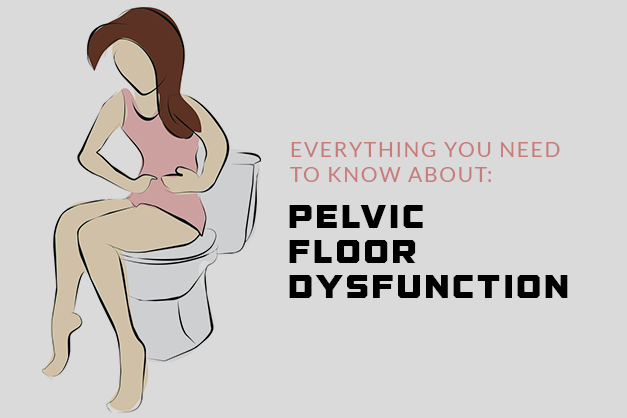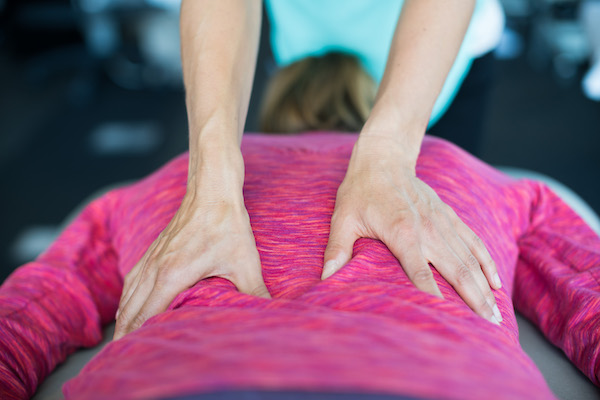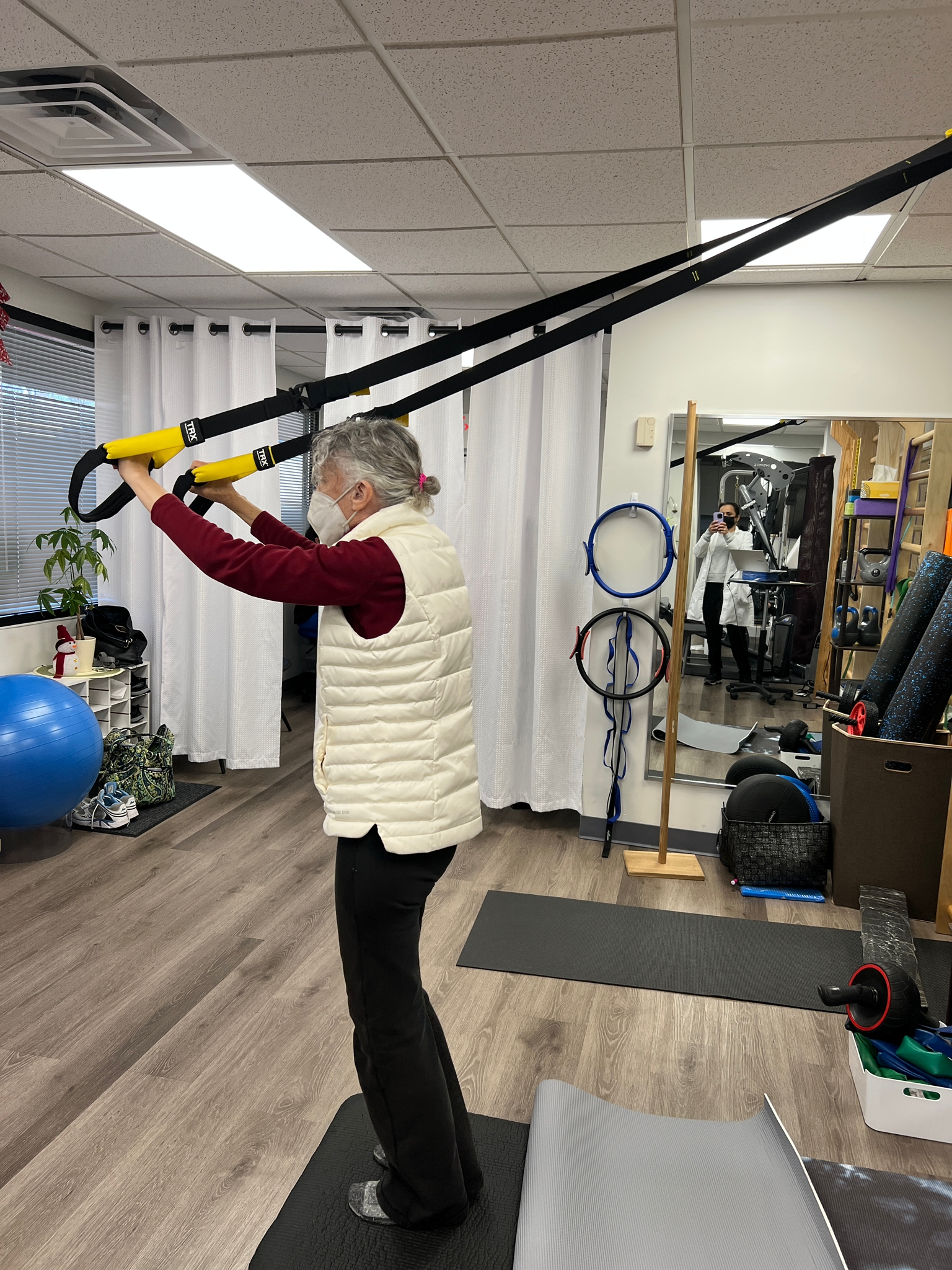Deep Breathing Helps Relieve Chronic Low Back Pain
You might be amazed to learn that the way you breathe can impact your whole body, helping to regulate important functions such as heart rate and blood pressure, as well as reinforcing proper body mechanics that put less stress and strain on your body as you move.
Imagine a person stooped over, collapsed in the chest, spine compressed – a case of classic “bad posture.” But posture is not the only issue. With all that collapse and compression the whole breathing apparatus is compromised. The ribs don’t have room to move, so the lungs don’t have space to expand fully, and the diaphragm muscle is also restricted – all of which lead to problems with breathing, including shortness of breath. Poor posture leading to breathing pattern dysfunction is commonly seen in those who spend long hours sitting each day. Rounded shoulders and a forward head posture cause the muscles around the chest to tighten, limiting the ability of the rib cage to expand and causing us to take more rapid, yet more shallow breaths.
Breathing from your chest relies on secondary muscles around your neck and collarbone instead of your diaphragm. When this breathing pattern is accompanied by poor posture, many muscles in your upper body lose their ability to properly function. The longer we sit during the day, the less our body is able to fight the forces of gravity and maintain a strong, stable core. Tight accessory muscles around the chest, in particular the pectoralis minor and scalenes, cause a rounded shoulder and forward head posture. This weakens the back by inhibiting the lattissimus dorsi, middle trapezius, and rhomboids, as well as the quadratus lumborum, which help us maintain an upright posture.
A study by Kang Ji, Jeong Dk and Choi H, investigated the effect of exhalation exercises on trunk muscle activity and Oswestry Disability Index (Gold Standard tool for measuring Low Back Pain Disability). The breathing exercise effectively increased muscle activity by training gross and fine motor muscles in the trunk. Moreover, it was verified as a very important element for strengthening body stability because it both released and prevented low back pain.
So – to solve the breathing problem, we need to actually solve the posture issue (or vice versa – to solve the poor posture we need to improve the breathing coordination). Coming out of the collapse and allowing our full stature gives the space necessary for our breathing apparatus to function properly. This will help to keep our low back strong and reduce/prevent low back pain.
A GOOD STANCE AND POSTURE REFLECT A PROPER STATE OF MIND – Morihei Ueshiba







